We knew of the vine bridges in the Iya Valley on Shikoku during our pilgrimage walk in 2009 (here) but it was very difficult to get there so we put it in the too hard basket.
Now in 2023 we discovered Iya Valley Tours a small local company offering guided tours. With our guides, Sean on day 1 and Aki on day 2 we were able to explore and enjoy the remotest part of Japan, a boat ride through the Oboke Gorge, walk across the 3 remaining vine bridges and visit the Scarecrow Village of Nagoro.
Iya Valley 13 & 14 November 2023
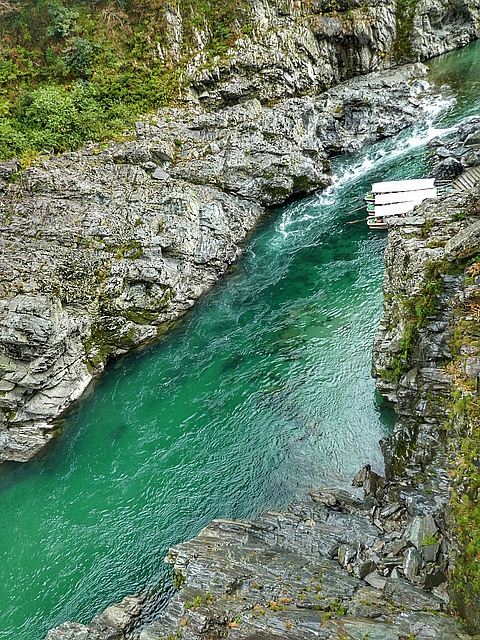
In the 1999 typhoon the river reached the height where I took this photo
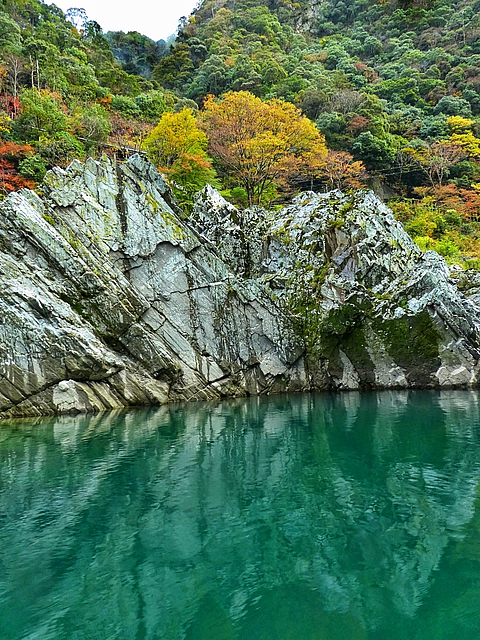

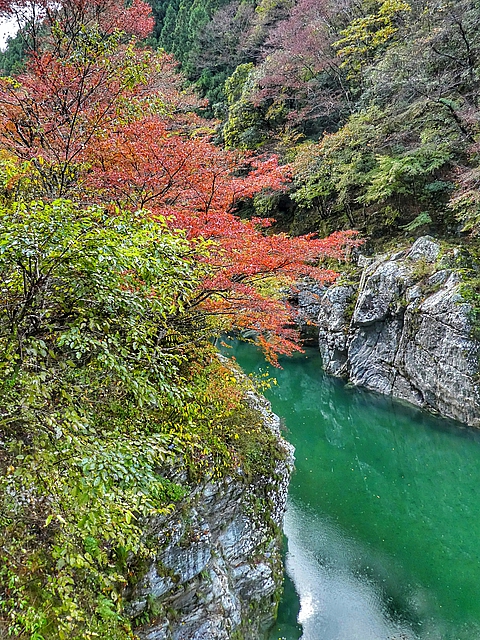
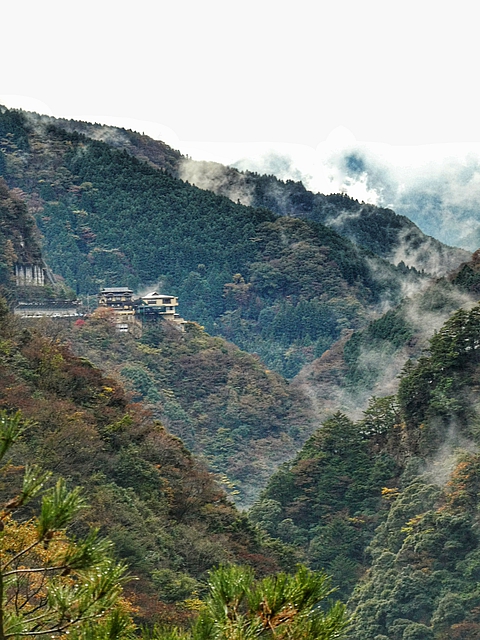

In the past men used to pee from this rock. The artist made a sculpture of a 5 year old boy to illustrate how childish they were!
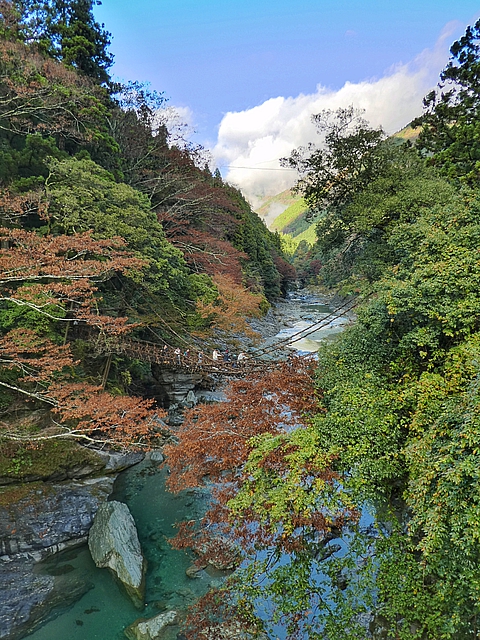
In Japan the vine bridges were only built in Shikoku

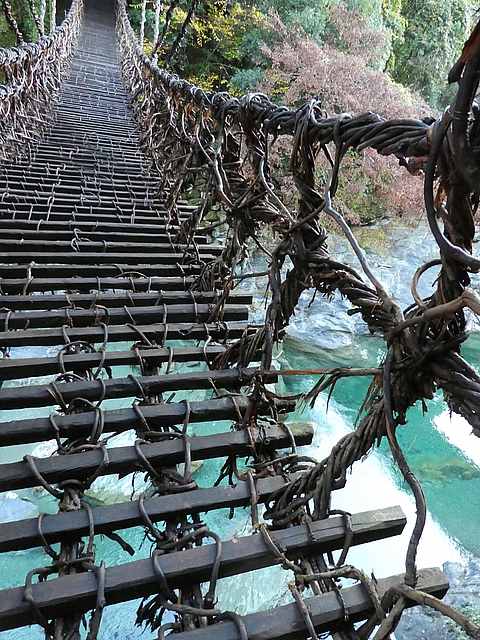
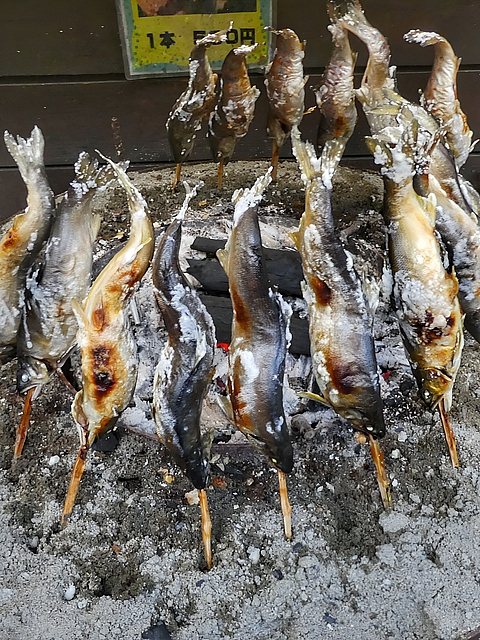
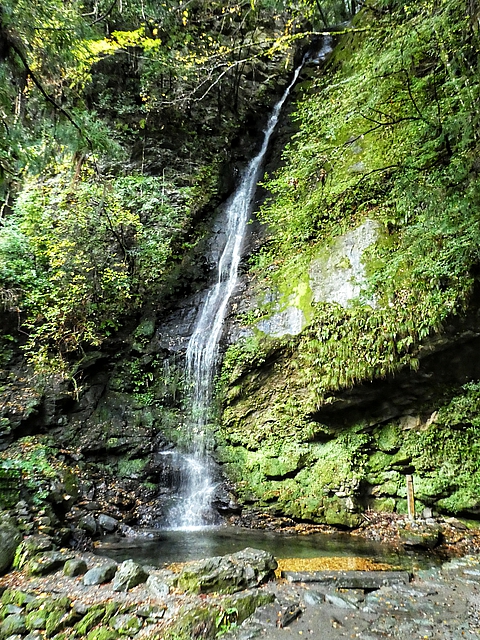
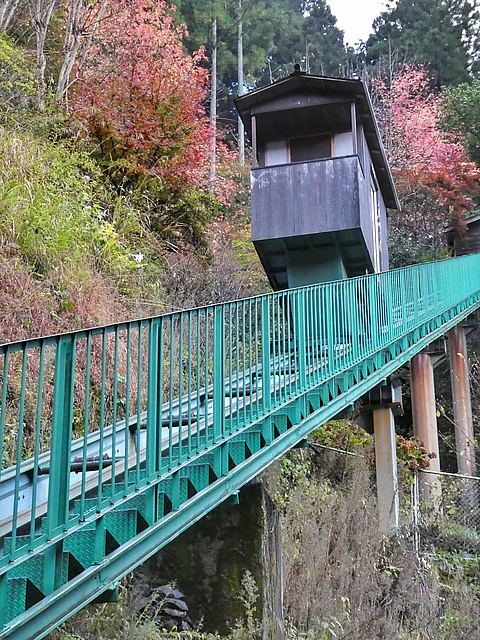

No photography allowed, this photo is from the Hotel
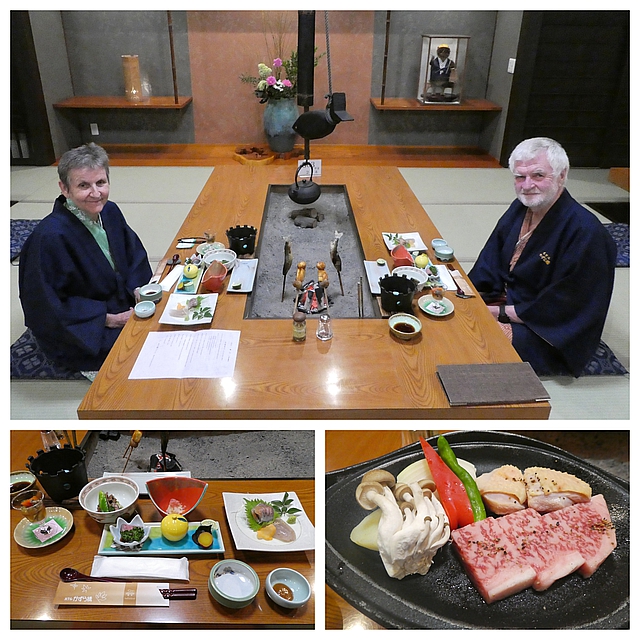
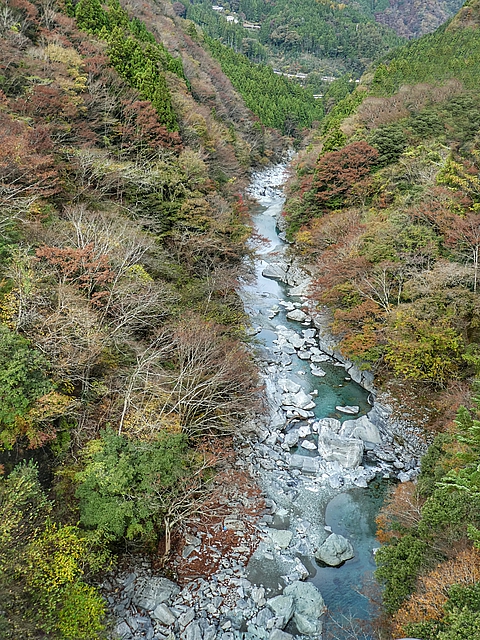
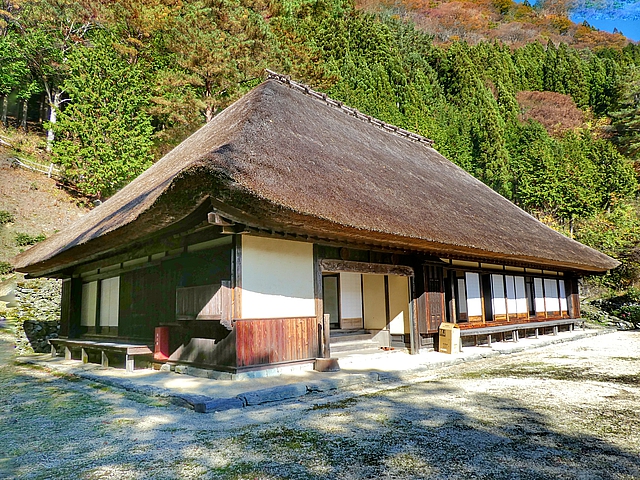

The iron rod within the bamboo tube was for raising or lowering a suspended pot using an attached lever in the shape of a fish
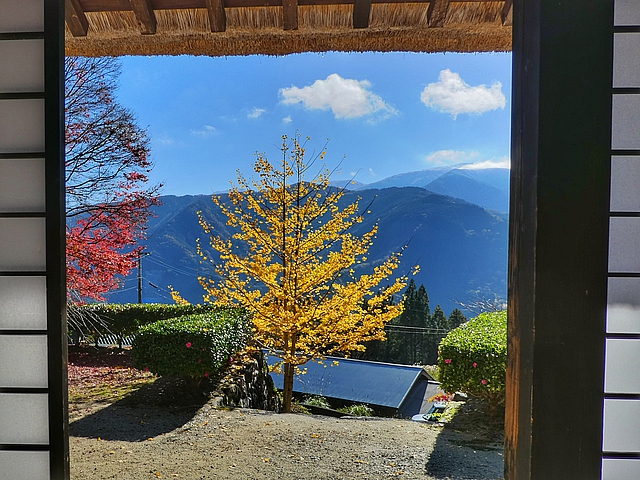
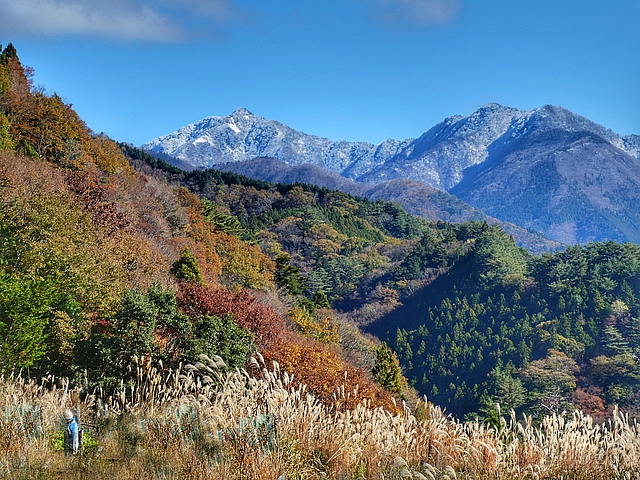
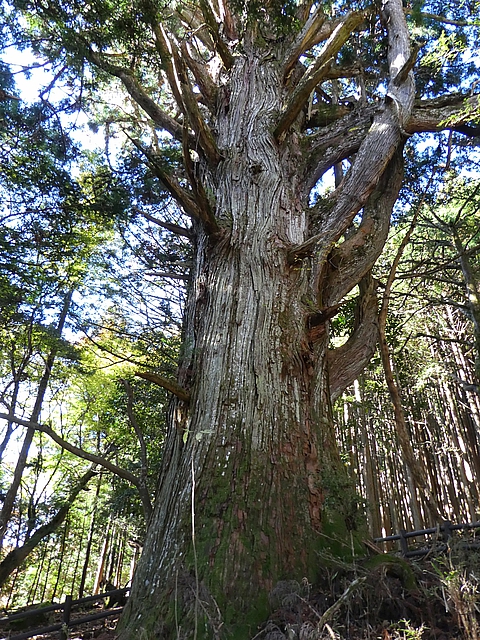
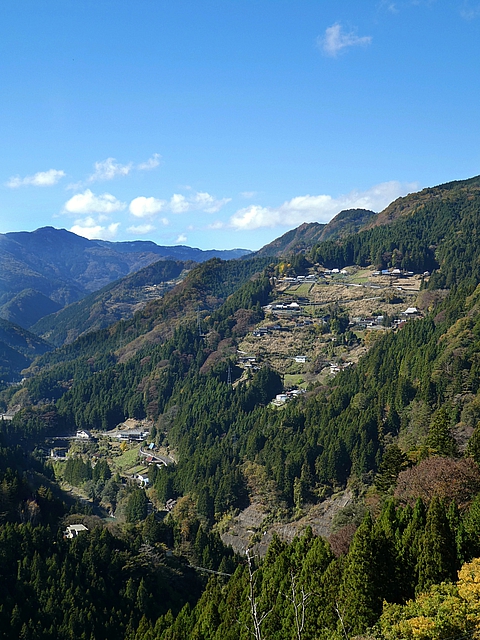
Houses are not built in the north-south sections of the Valley but on the northern sides of the east-west valleys, facing south for the sun
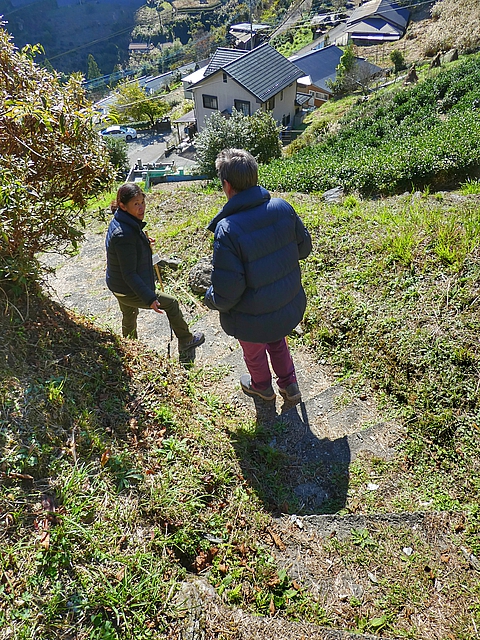
There were no roads in the Iya Valley until the 1920s and local residents continue to use these ancient trails

The little village of Nagoro is known as the Scarecrow Village. We met the artist, Tsukimi Ayano, who 20 years ago started to replace the village people who left or died with life-sized replicas made of old clothes stuffed with newspaper. These dolls are placed naturalistically around the hamlet, in realistic poses. She lost count after 300!



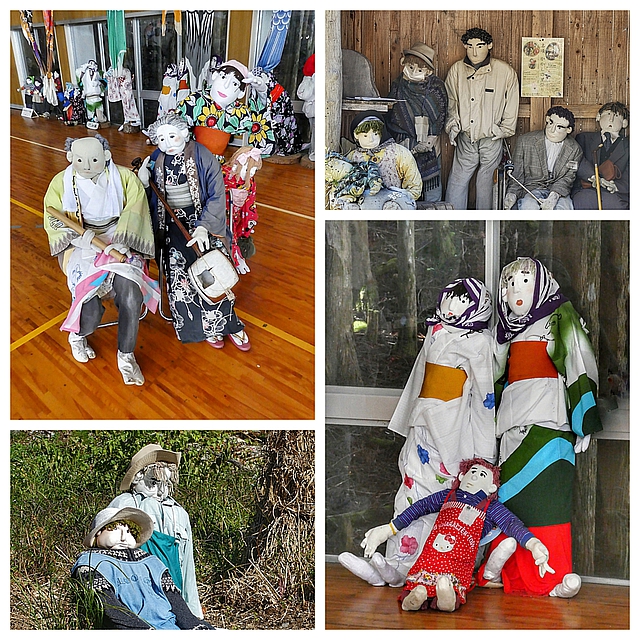
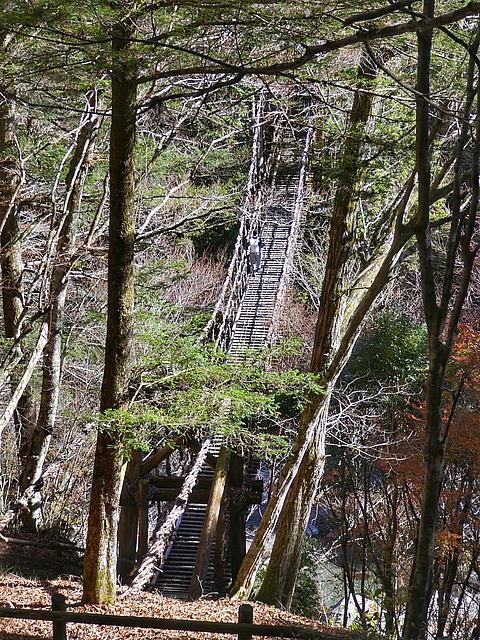
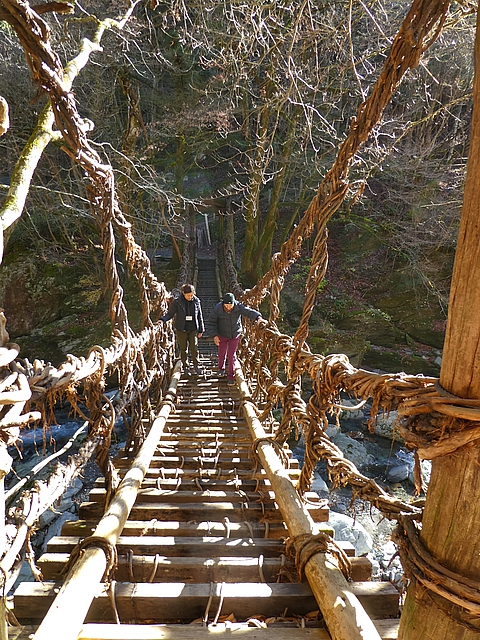
Okayama 14 & 15 November
We had two nights in Okayama (pop 700,000) to allow us to visit the art island of Naoshima.
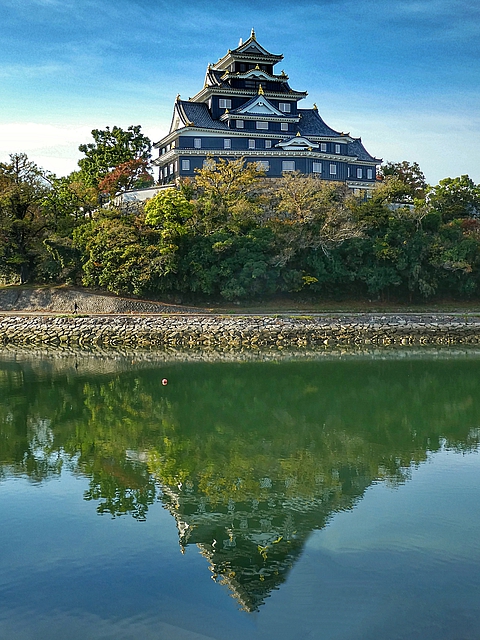

Naoshima, Japan’s Art Island is an island in the Seto Inland Sea reachable in about 2 hours via train and ferry from Okayama. It’s known for its contemporary art museums, architecture and sculptures. We only wanted to see the iconic Pumpkins via a pleasant 8.4 km walk around the southern part of the island. (Wikiloc)
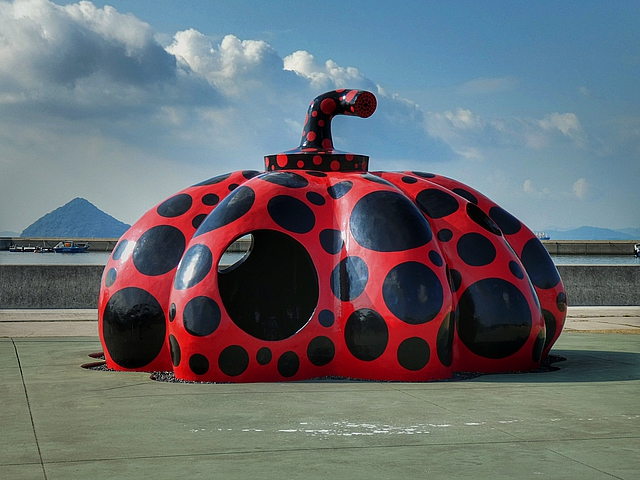
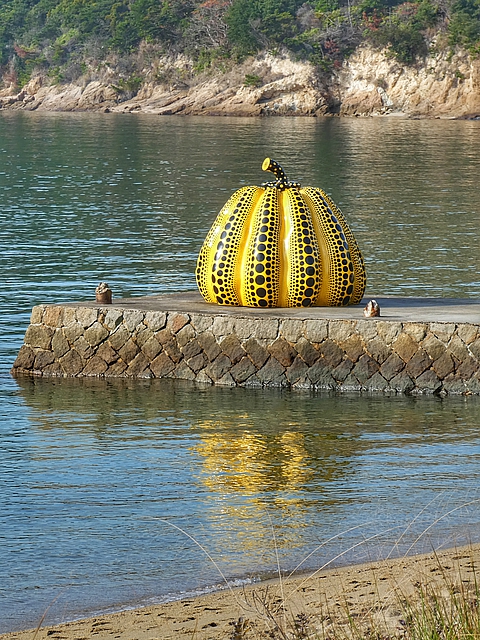
Osaka 16 & 17 November 2023
Osaka, population 19 million is big, brash, bright and boisterous compared to the cities of Shikoku. We had two nights there so we could have a practice at getting to parkrun, about an hour by metro from our hotel in the “Dotonbori” nightlife and food area.
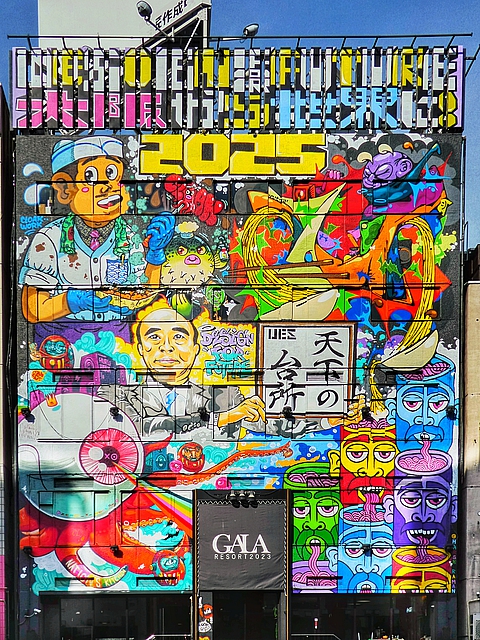
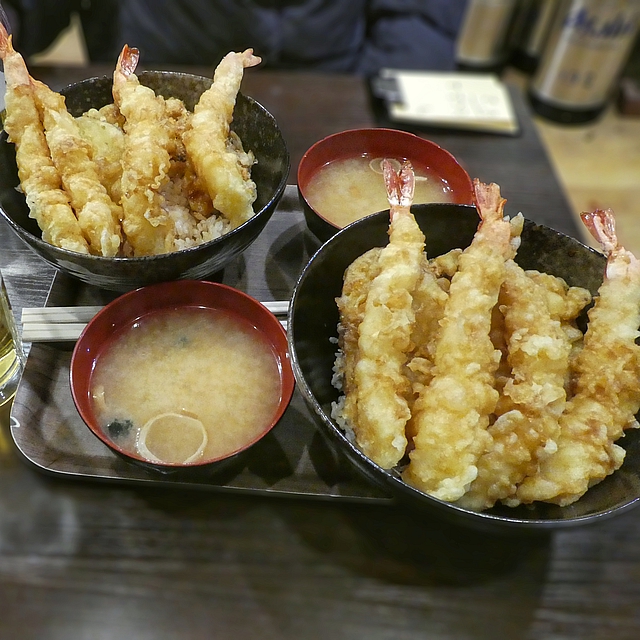


A 12-km-long wall using about one million granite stones surrounds the Castle

Of the 44 participants 30 were foreigners!
